THE LEGACY OF THE WORKS
Visual tour of some of the most outstanding contemporary infrastructures built with concrete
“Malleable, durable and capable of creating a prodigious engineering”. With these words, the specialist in architecture, Philip Jodidio, refers to concrete in the book 100 contemporary concrete buildings. The volume underscores the surprising revival that this material has experienced in the 21st century and how great architects use it without prejudice, both in its large constructions for public use and in single-family homes.
Although the severe economic crisis of the last decade caused a decline in construction and investment in infrastructure – which led to a decline in cement consumption of 80% in a decade – the sector holds on. With an annual per capita consumption of 209 kilos per capita in 2015, the cement industry continues to add value to society. Figures apart, his clearest demonstration of force remains in all the works. The great infrastructures scattered throughout the territory and the trust that the recognized architects deposit in the material for their creations are the evidence and the greater reward for a sector that resurges.
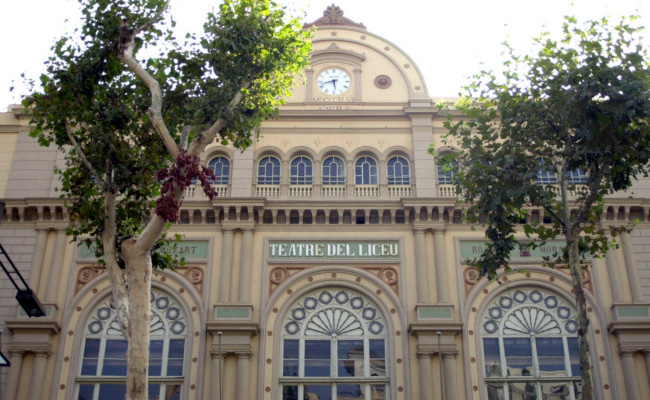
EXAMPLES OF CONCRETE USE

Metro Line 9
Location
Year
Project
Built surface
Barcelona, Santa Coloma, l’Hospitalet and El Prat de Llobregat
2009 – 2016
Various architects, engineers, and designers
27.5 km
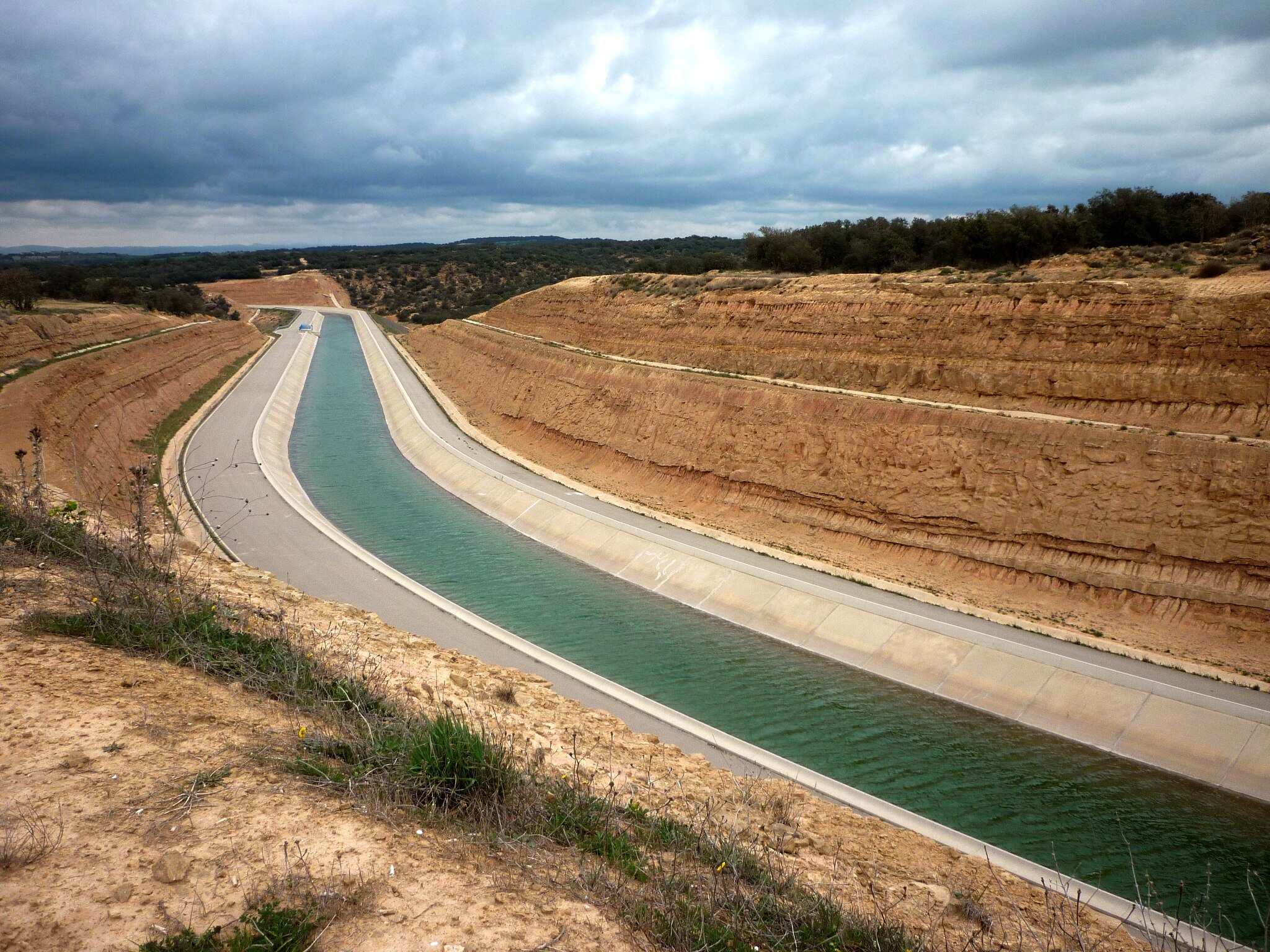
Segarra – Garrigues Canal
Location
Year
Project
Built surface
Shires of Noguera, Segarra, Pla d’Urgell, Urgell, Segrià and Garrigues
2002 – 2019
Generalitat of Catalonia – Spanish State
70,150 ha
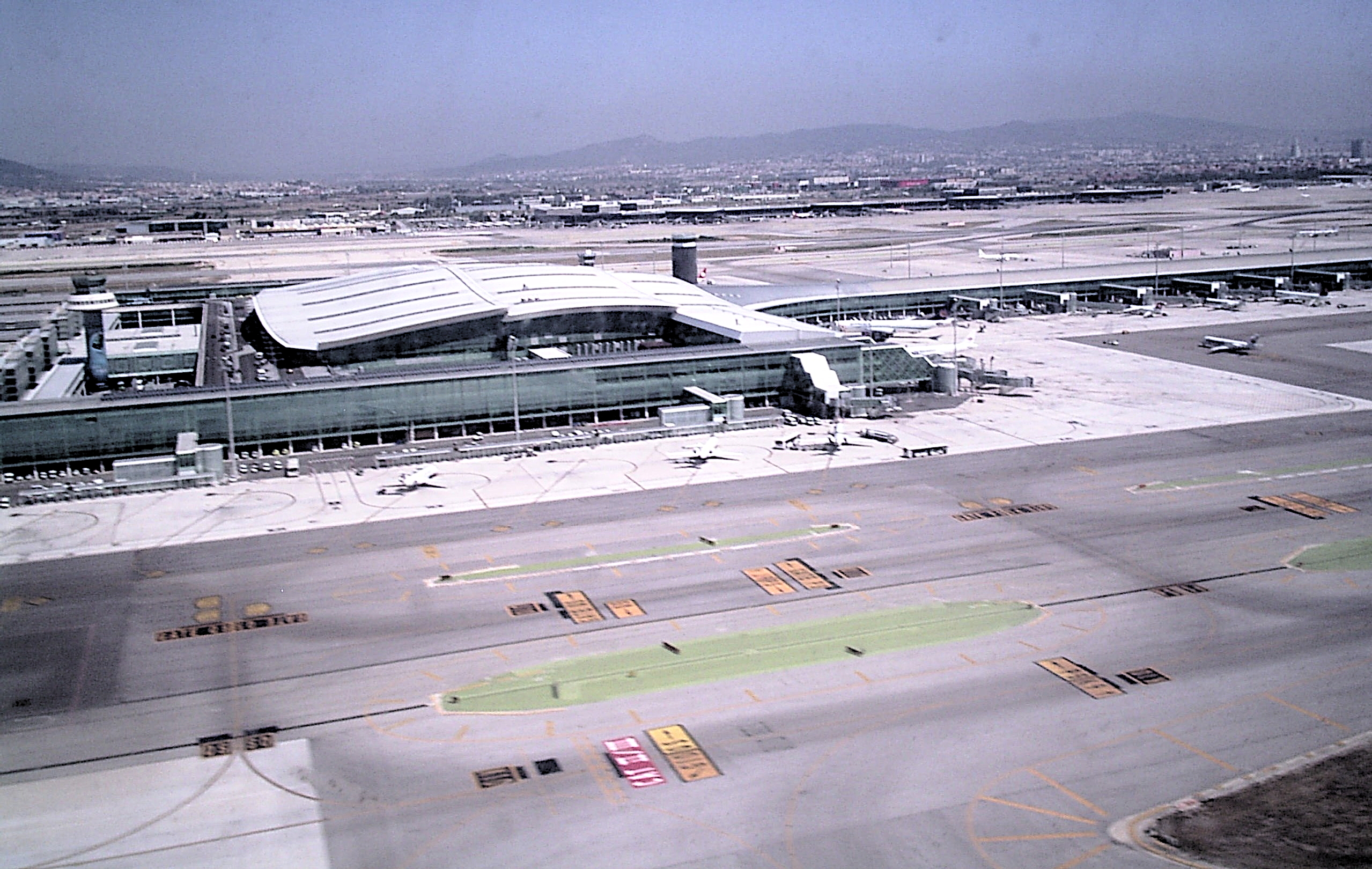
Airport (Terminal 1)
Location
Year
Project
Built surface
El Prat de Llobregat (12 Km from Barcelona)
2009
Ricard Bofill
1,300 ha
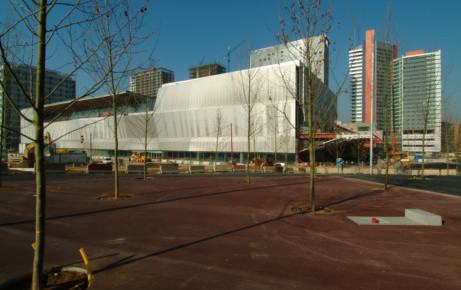
Barcelona International Convention Center
Location
Year
Project
Built surface
Barcelona
2004
José Luis Mateo
67.000m2
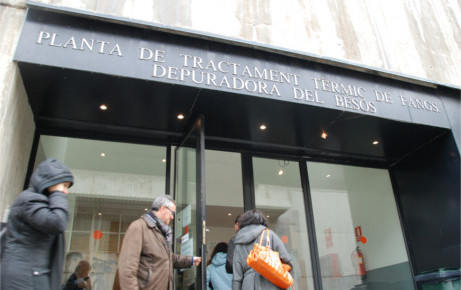
Barcelona sewage treatment plant
Location
Year
Project
Built surface
Barcelona
2004
EMSA – Iberinsa
94.000 m2

Forum Building
Location
Year
Project
Built surface
Barcelona
2004
Herzog & De Meuron
25.000 m2
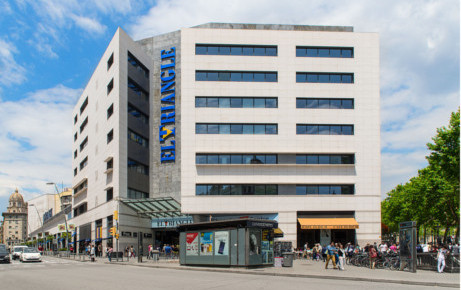
Triangle Building
Location
Year
Project
Built area
Barcelona
1998
Cristian Cirici Associates
37.000 m2
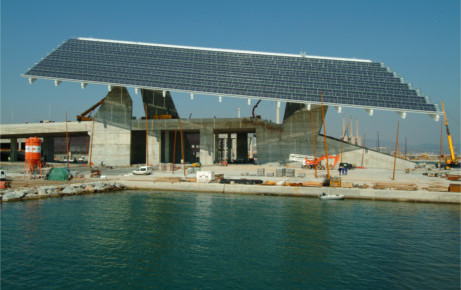
Photovoltaic plant
Location
Year
Project
Built area
Barcelona
2004
Elías Torres y J. A. Martínez Lapeña
5.600 m2
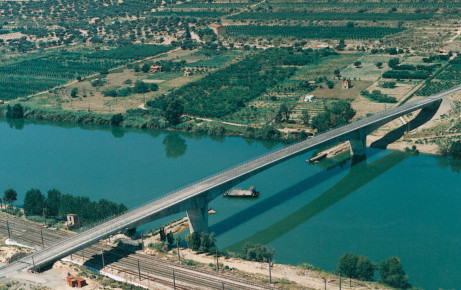
Riba-Roja Bridge
Location
Year
Project
Constructed surface
Riba-Roja d’Ebre (Tarragona)
1997
Juan Zaballos Guijarro
350 m long

Agbar Tower
Location
Year
Project
Built area
Barcelona
2004
Jean Nouvel and Fermín Vázquez
47.500 m2

Osormort Viaduct
Location
Year
Draft
Constructed surface
Sant Sadurní d’Osormort (Osona)
1997
Javier Manterola Armisén
504 m long
